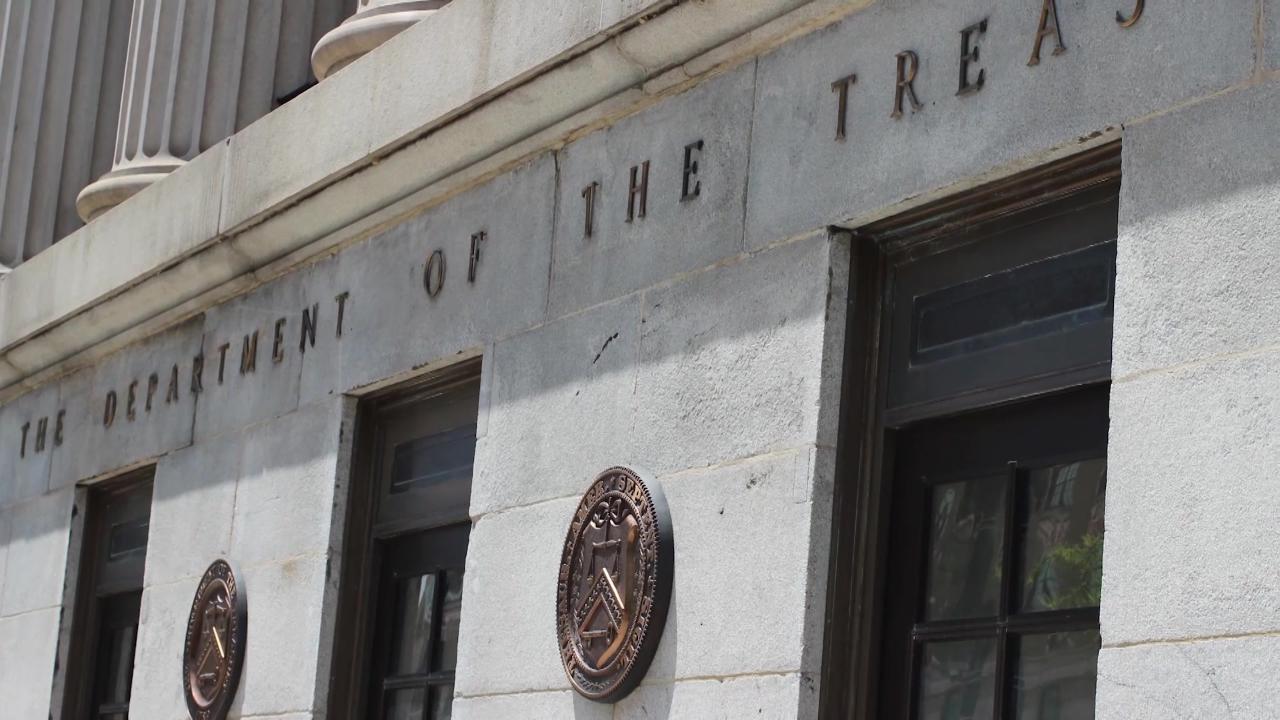
Powell Hints at QT Finale; VIX Backwardation Signals Near-Term Stress

George Tsilis
ContributorMarkets have traded the week with a risk off tone, and equity futures continued to reflect heightened volatility in early morning trading as renewed regional-bank jitters meet a thin macro calendar and a spirited policy debate about the Federal Reserve’s balance sheet.
Premarket tone reflects the headlines centering on fresh bad-loan disclosures at select lenders that revived credit-quality concerns. The selling pressure has spilled across sectors overseas and into U.S. premarket tech, reinforcing the sense that Friday would start on its back foot.
Volatility confirms the change in regime. The VIX spiked to multi-month highs and, crucially, the term structure flipped into backwardation at points this week with spot volatility trading above the front VIX futures. This inversion typically accompanies acute, near-term stress. In practice, a backwardated curve tells you the market is paying up for immediate protection, and while it seldom lasts long, it often coincides with choppier tapes and more gap risk around headlines.
Earnings, however, still steered day-to-day leadership. Early-season bank results helped lift equities midweek, aided by another burst of enthusiasm in AI-linked chip names. Taiwan Semiconductor (TSMC) delivered record 3Q results and raised its outlook tied to robust AI demand, a print that briefly rekindled risk appetite in semis and adjacent beneficiaries. The company highlighted stronger conviction in long-run AI spending and nudged 2025 revenue growth guidance higher, an update that helped steady broader tech earlier in the week even as macro clouds gathered.
ASML’s 3Q report supported the AI-hardware investment cycle. Gross margin hovered near 52%, EUV (Extreme Ultraviolet Lithography) bookings remained sizable, and management kept full-year growth guidance near 15% with a stronger 4Q topline implied. Together, the two bellwethers reinforced that the AI capex wave is intact, even if broader risk sentiment has turned defensive.
From a top-down policy perspective, policy descended from the abstract to the immediate as Chair Jerome Powell used a Philadelphia speech to business economists to signal that the end of balance-sheet drawdown “may be nearing,” sharpening the market’s focus on quantitative tightening (QT). Investors have largely interpreted the message to mean QT is in its late innings after more than three years of runoff. Powell’s argument leaned on lessons from 2019, when short-term funding rates spiked for borrowers with pristine collateral. This event resulted in a liquidity squeeze that the Fed later conceded it was slow to address, cutting policy rates by 75 basis points despite a still-solid economy.
Powell was not claiming a repeat, but he did note pockets of tightness emerging in lending markets, and his comments arriving as the Fed’s overnight reverse-repo balances hover near zero is evidence that the system’s excess cash buffers have largely drained and additional money-market pressure now falls directly on bank reserves. Powell didn’t answer outright, but the subtext was clear enough: ending QT soon is on the table if reserve scarcity risks rise.
That framing matters because the data backdrop remains patchy. The federal shutdown has disrupted the usual cadence, with September CPI officially rescheduled for Friday, October 24, just days before the October 28–29 FOMC meeting, leaving markets leaning on high-frequency proxies and corporate signals in the interim. The vacuum amplifies the impact of Fed communication and micro news, which is why QT talk and regional-bank headlines have been so dominant in the tape.
Featured Clips
